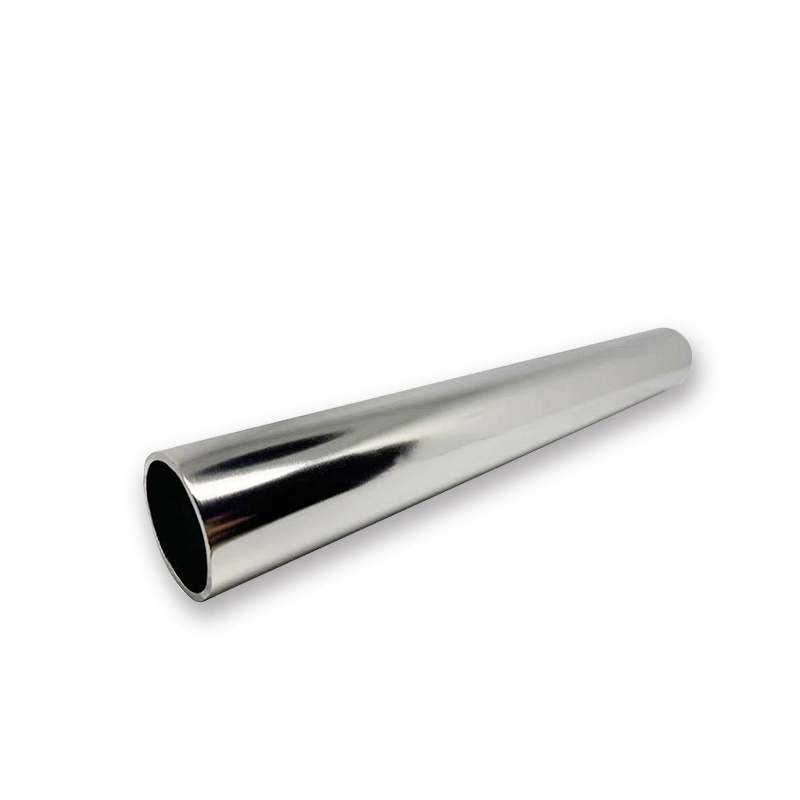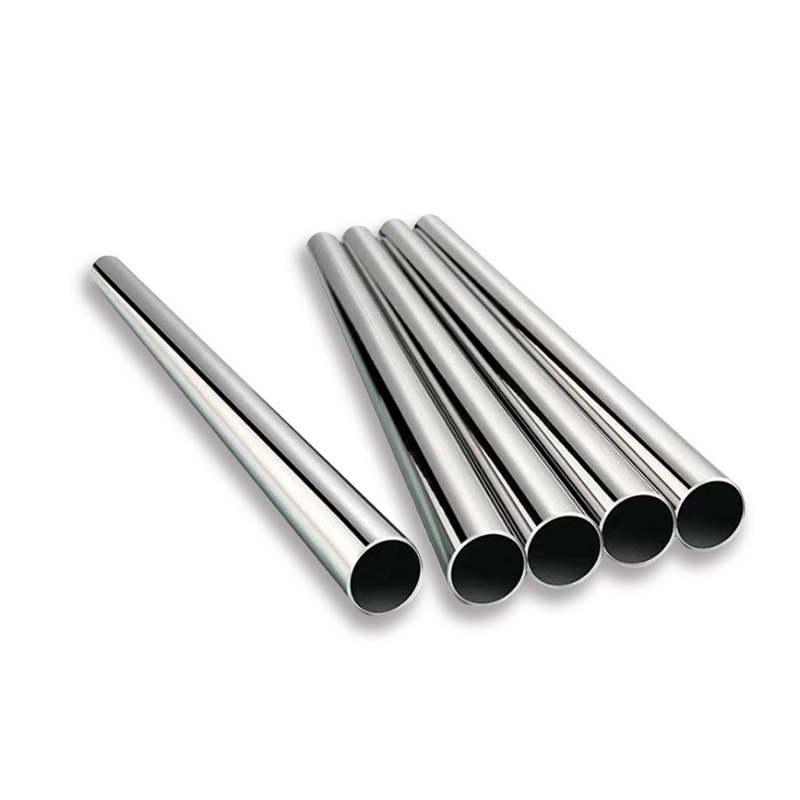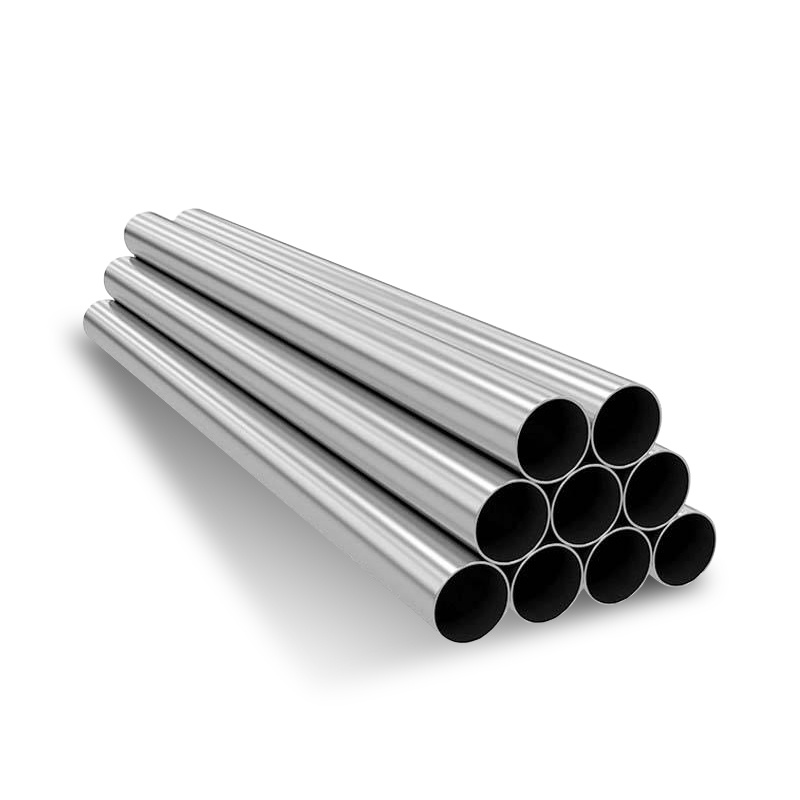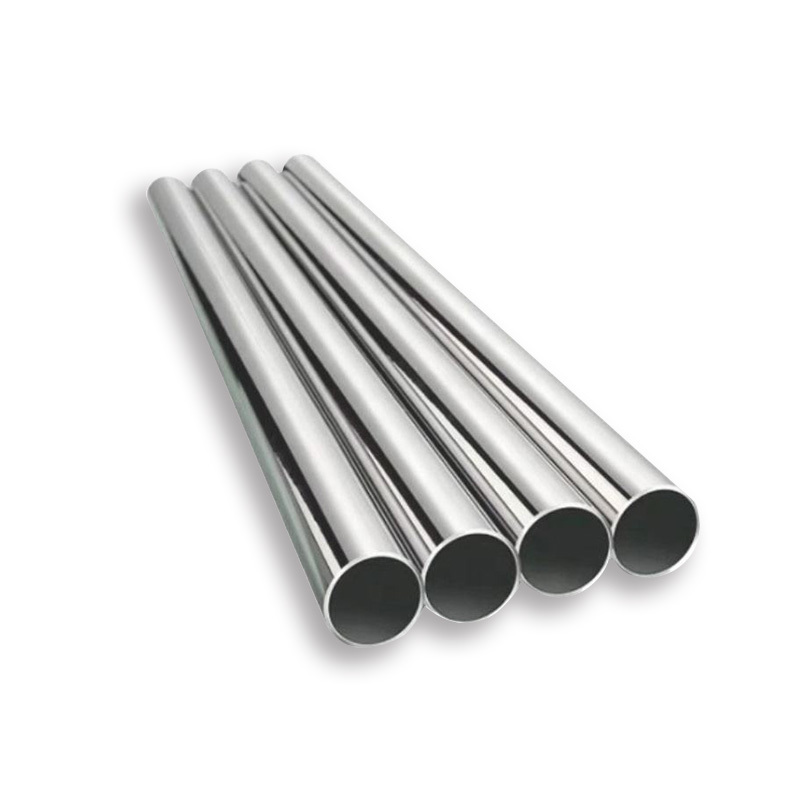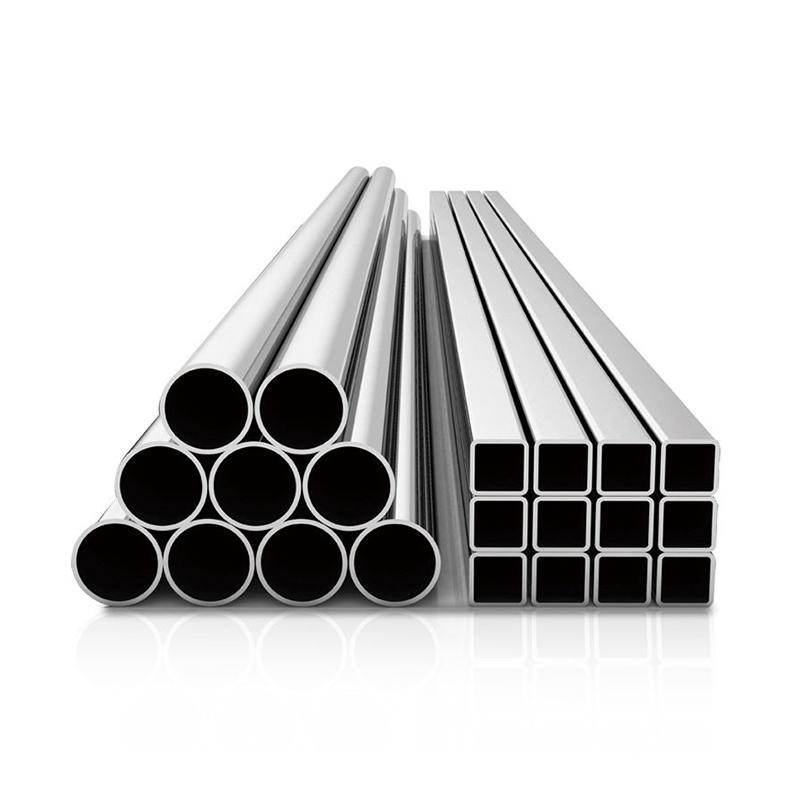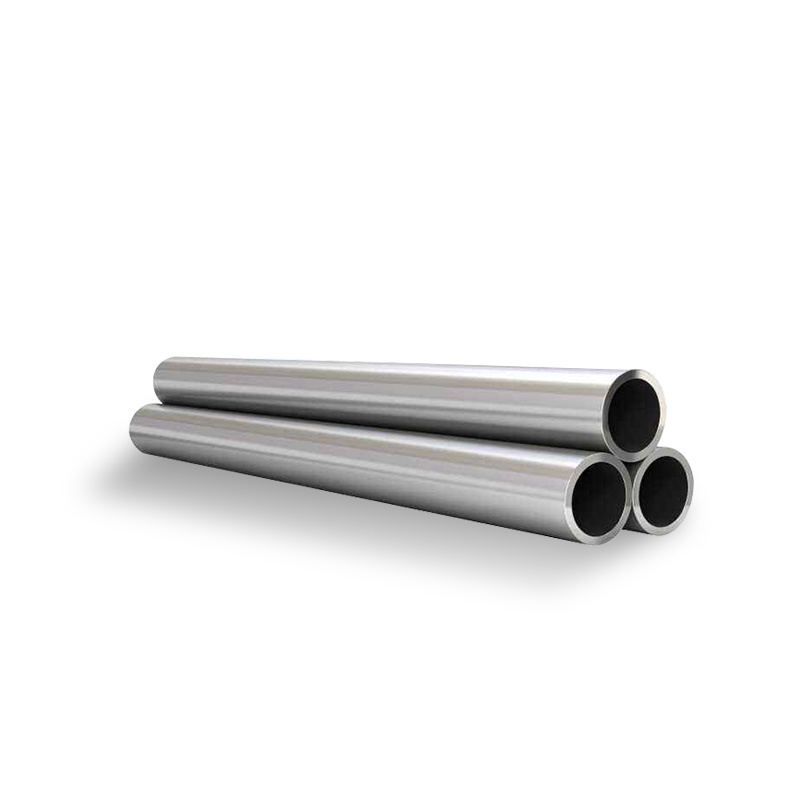PRODUCT CENTER
CONTACT US
If you are interested in cooperation, please contact us immediately, we will give you feedback as soon as possible!
Mobile
420 is a hardenable martensitic stainless steel that contains at least 12% chromium, just enough to provide corrosion resistance. It has good ductility in the annealed condition, but can be hardened to a minimum Rockwell hardness of 50 HRC, which is the highest hardness in the 12% chromium scale. Due to its hardening properties, 420 are not often welded, although this is possible. Martensitic stainless steel is designed for high hardness, and sometimes other properties will be affected to a certain extent. The corrosion resistance is lower than that of ordinary austenite grades, and its effective operating range is limited by its ductility loss at sub-zero temperatures and strength loss due to excessive tempering at high temperatures. The best corrosion resistance is obtained when the metal is hardened and the surface is ground or polished.
439 steel is in the ordinary ferrite material (430) on the basis of reducing the content of C, while adding Ti and other stabilizing elements, so that the steel intergranular corrosion resistance, formability and weldability are improved. Compared with the 304 steel, although the elongation is low (about 30%), but the strength, corrosion resistance, and corrosion resistance is better than 200 series materials.
440C grade stainless steel is a kind of high carbon martensitic stainless steel. High strength, medium corrosion resistance, good hardness and wear resistance. Grade 440C achieves the highest strength, hardness and wear resistance of any stainless steel alloy after heat treatment. Its extremely high carbon content is the reason for these characteristics, which makes the 440C particularly suitable for applications such as ball bearings and valve parts.
444 stainless steel is a ferritic stainless steel, the national standard grade is 00 Cr18Mo2, its elements of ultra-low carbon nitrogen, chromium content of 18% and 2% molybdenum content, strong corrosion resistance. This type of stainless steel is usually stabilized by niobium or titanium, which can prevent intergranular corrosion after welding.
309 and 309S are austenitic chromium-nickel stainless steels that are typically used for higher temperature applications. Due to its high chromium and nickel content, 309 and 309S alloys have a high degree of corrosion resistance, excellent oxidation resistance and excellent heat resistance, while providing good strength at room temperature and high temperature. The only significant difference between 309 and 309S is the carbon content. The 309S alloy has less carbon, which minimizes carbide precipitation and improves weldability.
254SMO is a stainless steel originally used in seawater and other aggressive chloride environments. This grade includes a very high-end austenitic stainless steel; consisting primarily of 17.5 to 18.5 percent nickel, 19.5 and 20.5 percent chromium, 6 to 6.5 percent molybdenum, and. 18 to. 22 percent nitrogen. In this "super austenitic" chemistry, these specific levels of Cr, Ni, Mo and N give the 31254 impact toughness to resist cracking, pitting and crevice corrosion, and almost twice the strength of 300 series stainless steel.


